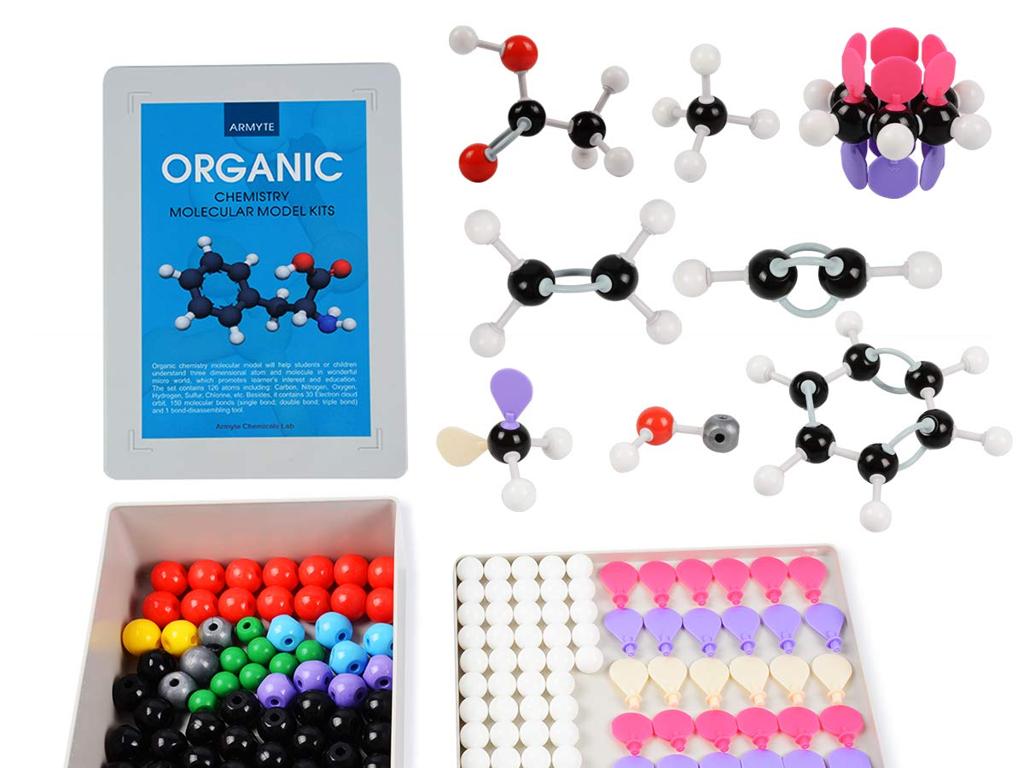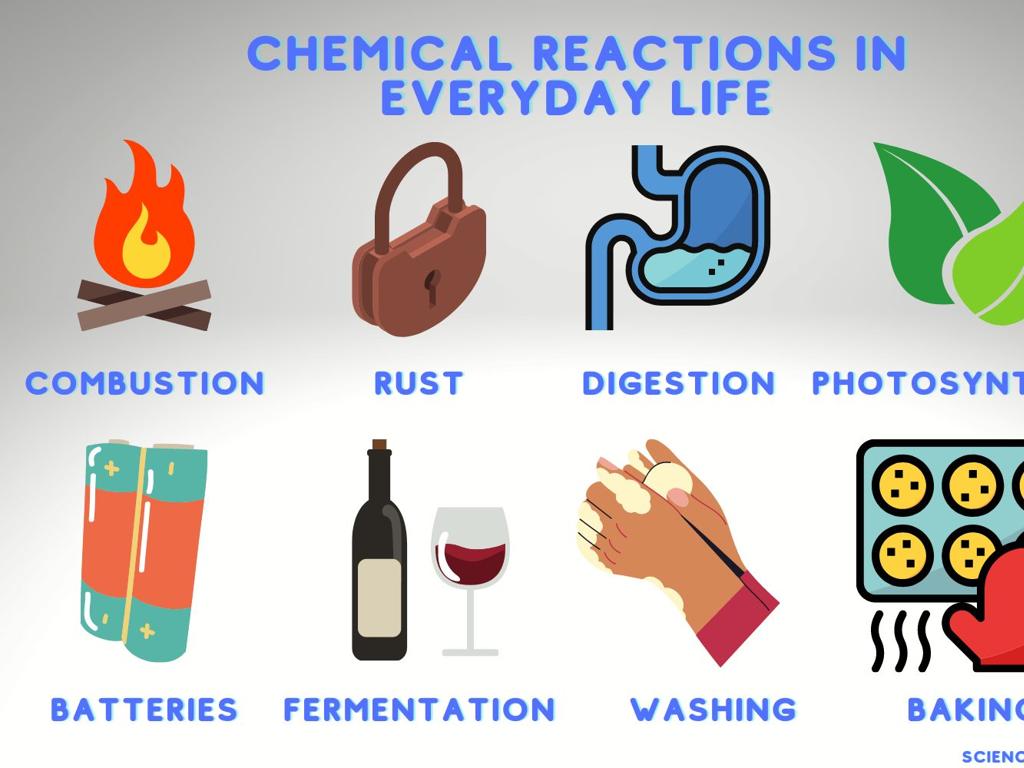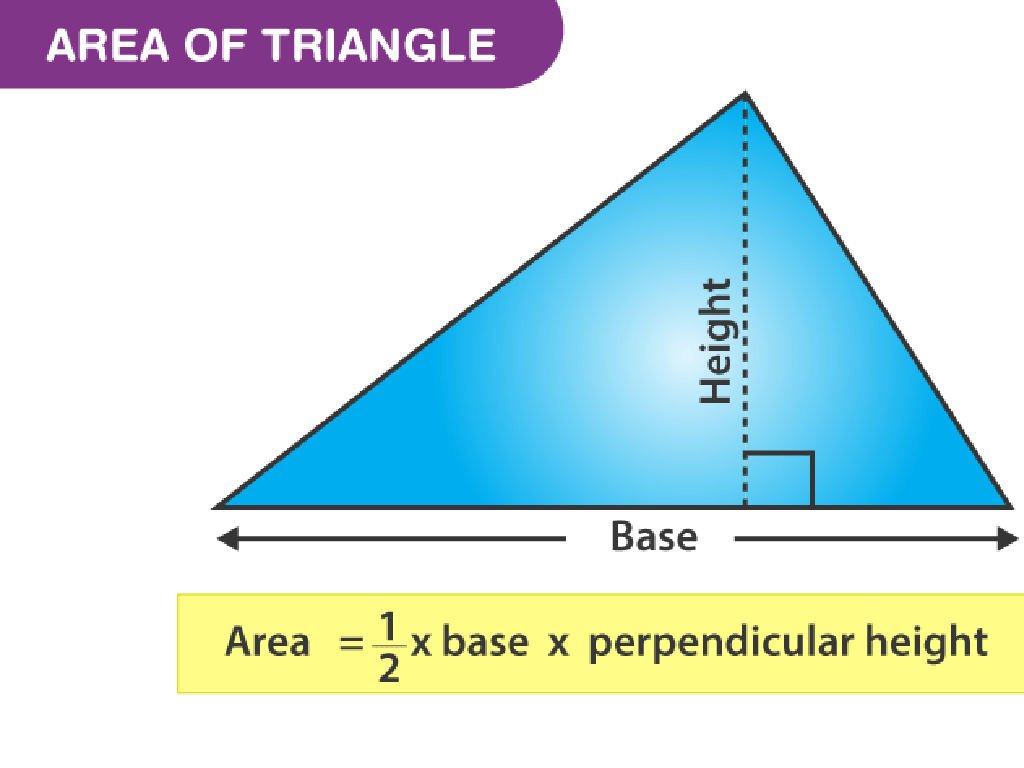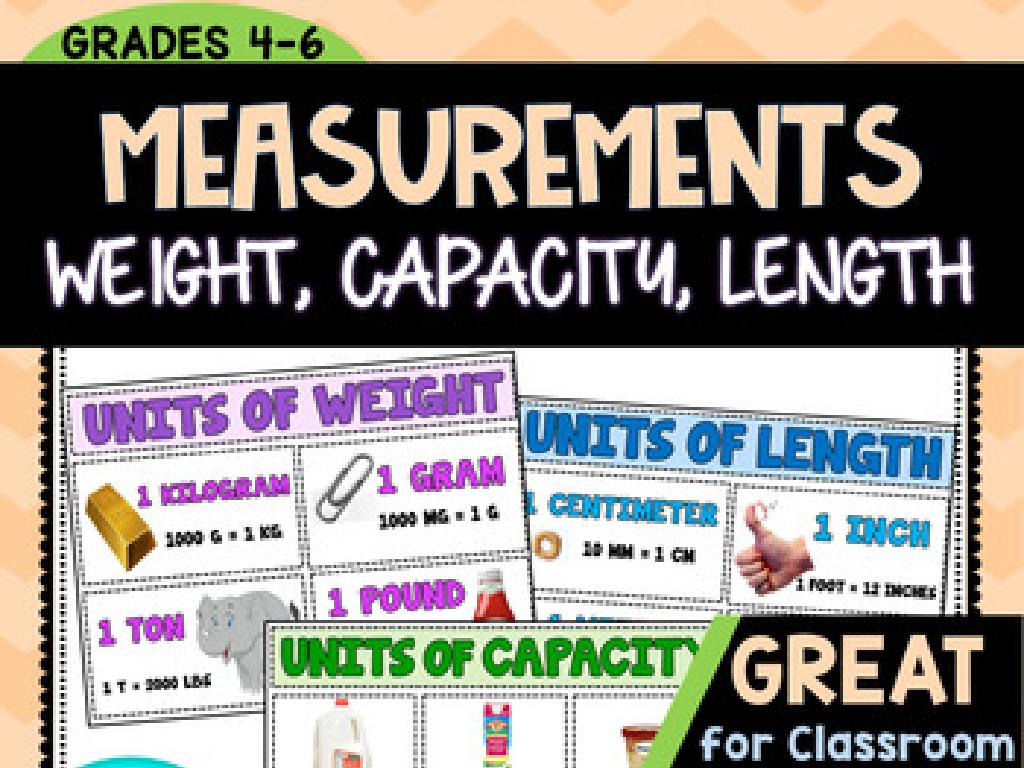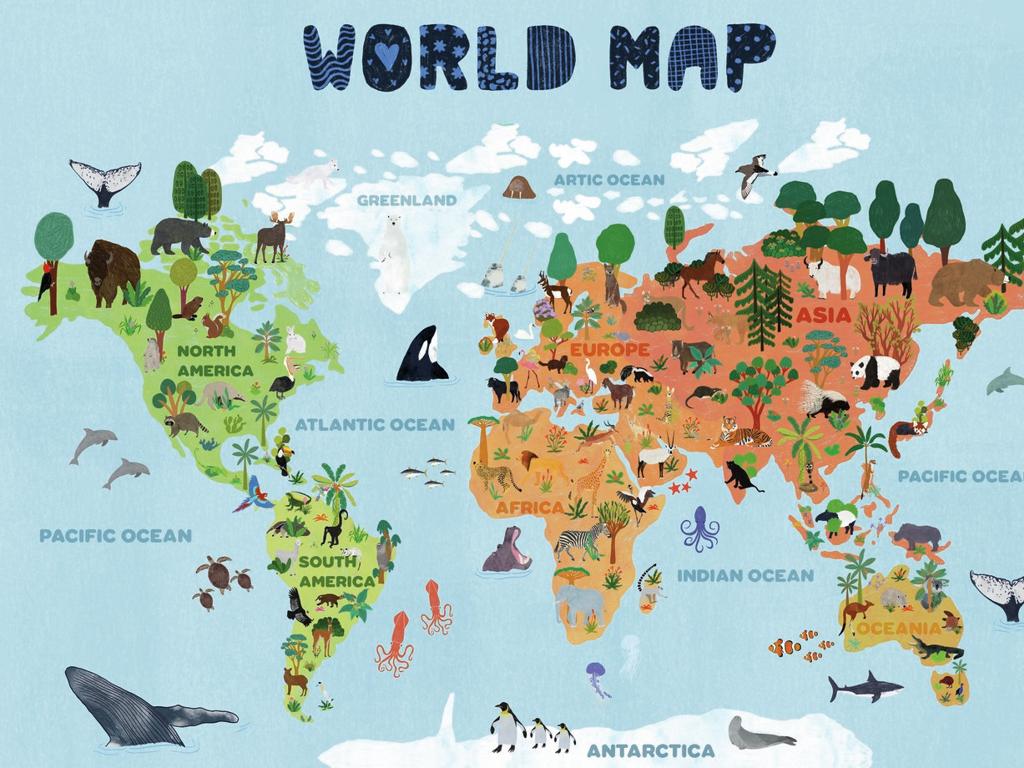Compare Vertices, Edges, And Faces
Subject: Math
Grade: Second grade
Topic: Three-Dimensional Shapes
Please LOG IN to download the presentation. Access is available to registered users only.
View More Content
Exploring 3D Shapes: Vertices, Edges, and Faces
– Discover 3D shapes in our world
– Learn about vertices
– Vertices are corners where edges meet
– Understand what edges are
– Edges are the lines where two faces meet
– Find out about faces
– Faces are the flat surfaces of the shape
|
This slide introduces second-grade students to the concept of three-dimensional shapes, focusing on their basic properties: vertices, edges, and faces. Begin by discussing common 3D shapes that students encounter in their daily lives, such as boxes, balls, and cylinders. Explain that vertices are the points or ‘corners’ of a shape, edges are the straight or curved lines where two faces meet, and faces are the flat surfaces that make up the boundaries of the shape. Use physical models or illustrations to help students visualize these components. Encourage students to touch and count the vertices, edges, and faces of classroom objects to solidify their understanding.
Exploring Vertices of 3D Shapes
– What is a vertex?
– A point where edges meet, e.g., a cube’s corner
– Vertices are ‘shape corners’
– Counting cube vertices
– Let’s count a cube’s vertices together as a class activity
– Vertices on various 3D shapes
– Practice finding vertices on different shapes like pyramids and cylinders
|
This slide introduces the concept of vertices in three-dimensional shapes. Begin by explaining that a vertex is a point where two or more edges meet, similar to the corners of a room. Use a cube as an example and engage the class in counting its vertices. This will help students visualize and understand the concept better. Afterward, encourage students to identify and count vertices on various 3D shapes, such as pyramids and cylinders. This activity will reinforce their understanding of vertices and how they are a key feature of three-dimensional shapes.
Exploring Edges on 3D Shapes
– What is an edge?
– It’s a line where two faces meet
– Edges are like shape ‘sides’
– Trace them with your finger
– Count edges on a prism
– Use a rectangular prism for counting
– Edges connect faces
|
This slide introduces the concept of edges on three-dimensional shapes. Begin by explaining that an edge is similar to a side but for 3D shapes, and it’s where two faces meet. Use a rectangular prism as an example and have students use their fingers to trace the edges. Encourage them to count the edges aloud. This tactile approach helps solidify their understanding of edges as a physical feature of three-dimensional objects. Reinforce that edges are the lines along which two faces connect, which is a fundamental aspect of recognizing and comparing different 3D shapes.
Exploring Faces of 3D Shapes
– What is a face on 3D shapes?
– A flat surface on a 3D object, e.g., a cube has 6 faces.
– Faces are like shape’s skin
– Counting faces on a pyramid
– A pyramid has 4 triangular faces and 1 base face.
– Understanding faces in 3D
– Faces are the flat areas that make up the outside of a 3D shape.
|
This slide introduces the concept of faces on three-dimensional shapes. A face is defined as a flat surface on a 3D shape, which can be thought of as the ‘skin’ or ‘cover’ of the shape. Use a pyramid as an example to illustrate the concept, asking students how many faces a pyramid has. This encourages them to visualize and count the faces on a common 3D object. Explain that different shapes have different numbers of faces, and understanding this helps us to describe and compare 3D shapes. For an engaging activity, provide various 3D shape models and ask students to touch and count the faces on each one.
Comparing 3D Shapes: Vertices, Edges, and Faces
– Cube vs. Pyramid face comparison
– A cube has 6 faces, while a pyramid has 5. Which is more?
– Counting edges on a Cylinder
– A cylinder has 2 circular edges. Let’s count them together!
– Does a Sphere have edges?
– A sphere is like a ball; it has no edges to count!
– Understanding vertices on 3D shapes
– Vertices are where edges meet. Let’s find them on a cube!
|
This slide is aimed at helping second-grade students understand the basic properties of three-dimensional shapes by comparing them. Start by discussing the cube and pyramid, focusing on the number of faces each shape has. Move on to the cylinder and sphere, guiding students to understand the concept of edges and why a sphere lacks them. Emphasize the definition of vertices and encourage students to physically count these elements on 3D models or illustrations of the shapes. This interactive approach will help solidify their understanding of geometric concepts.
Class Activity: Shape Explorers
– Explore classroom 3D shapes
– Feel vertices, edges, and faces
– Fill out ‘Shape Explorer’ chart
– Record the number of each feature on the chart
– Discuss findings with the class
– Share what you learned about each shape
|
This activity is designed to provide hands-on experience with three-dimensional shapes. Divide the class into small groups and provide a variety of 3D shapes like cubes, spheres, cones, cylinders, and pyramids. Students will touch and count the vertices (corners), edges (lines), and faces (flat surfaces) of each shape. Provide a ‘Shape Explorer’ chart for them to record their findings. After the exploration, each group will discuss what they discovered, comparing the different shapes. This will help them understand the properties of 3D shapes in a tactile and engaging way. Possible activities include: 1) Matching shapes with everyday objects, 2) Creating shapes with clay, 3) Drawing shapes to highlight different features, 4) Using building blocks to construct shapes.
Show and Tell: Exploring 3D Shapes
– Present a 3D shape to the class
– Count vertices, edges, and faces
– Explain how you found the numbers
– Did you count them one by one, or use a formula?
– Discuss the properties of your shape
– Talk about what makes your shape unique
|
This slide sets the stage for a group activity where students will engage with three-dimensional shapes hands-on. Each group will select a 3D shape and present it to the class, focusing on identifying and counting its vertices (corners), edges (lines where two faces meet), and faces (flat surfaces). Students should explain their method for determining these numbers, whether by direct counting or using a strategy. Encourage them to discuss any interesting properties or facts about their shape. For the teacher: Prepare a variety of 3D shapes for the groups to choose from. Guide the students to understand that vertices are points where edges meet, edges are the lines connecting vertices, and faces are the flat surfaces. Have additional activities ready for early finishers, such as drawing their shapes or finding objects with similar shapes around the classroom.
Review and Quiz Time: 3D Shapes!
– Review: vertices, edges, faces
– Points, lines, and surfaces of 3D shapes
– Get set for a fun quiz!
– Every shape is special
– Like people, shapes are all different
– Show what you’ve learned
– Be prepared to identify parts of 3D shapes
|
This slide is meant to recap the concepts of vertices (corners), edges (lines where two faces meet), and faces (flat surfaces) of three-dimensional shapes. The quiz will be an engaging way for students to demonstrate their understanding of these concepts. It’s important to emphasize that each shape has its own set of characteristics, just like every person is unique. Encourage the students to think of shapes as characters with different features. The quiz can include questions like ‘How many faces does a cube have?’ or ‘Find the vertices on a pyramid.’ Tailor the quiz to include a variety of shapes to ensure a comprehensive review. Celebrate correct answers and provide gentle guidance for mistakes to foster a positive learning environment.
Shape Exploration Conclusion
– Congratulations, Shape Explorers!
– Identifying vertices, edges, and faces
– You can now spot these parts on any 3D shape
– Observe 3D shapes everywhere
– Look at objects around you and try to count them
– Stay curious and keep learning
|
This slide wraps up the lesson on three-dimensional shapes, celebrating the students’ new ability to identify vertices (corners), edges (lines where faces meet), and faces (flat surfaces) of 3D shapes. Encourage the students to keep observing these elements in everyday objects around them, reinforcing their spatial awareness and understanding of geometry. Remind them that learning is an ongoing adventure and that their curiosity will lead to more discoveries. As an extension activity, students could bring in objects from home to discuss the shapes they find, or go on a ‘shape hunt’ around the school.

